|
Family and 12,000 members of the public are applying
to the European Court of Human Rights after Police refused to request Indian authorities to investigate the death on the body,
expatriated to India in March 2007.
Baby Sunaina, hours before her UK hospital death.
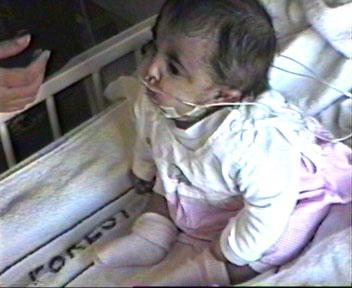
She had been prescribed drug overdoses, denied oxygen, separated from family, isolated in hospital, over
a one month period. She died on the sixth day in the care of Social Services under Police protection from parents despite
family allegations to Police that doctors had attempted to, and would kill her
|
| Baby Sunaina with parents, hours before death |
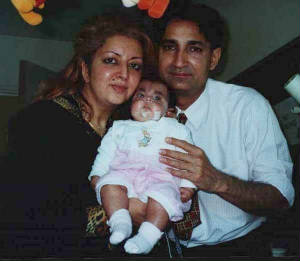
|
Doctors claimed she was suffering from a severe mental and physical disability called Trisomy 18, characterised
by lack of growth and inability to thrive. Despite the drug overdoses and oxygen deprivation, baby Sunaina gained weight
from 1.92kg to 4.5kg and made a remarkable recovery from a diaphragmatic hernia operation at 1 week of age.
|
|
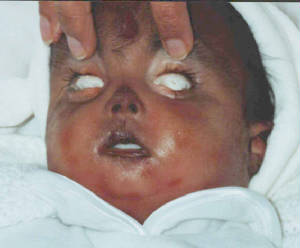
31 Jan 2001 - After Professor Vanezis conducted a second post-mortem, parents found cotton wool balls in
the eye sockets. He described the "eyes as sunken" thereby concealing the fact that they had been removed. The first
pathologist, Professor Risdon, described the "eyes as depressed", thereby concealing that they had been removed. The
Coroner instructed the post-mortem on frozen tissues, thereby concealing the fact that the body had been tampered with prior
to the first post-mortem.
|
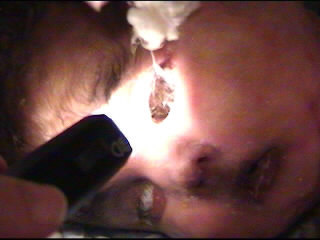
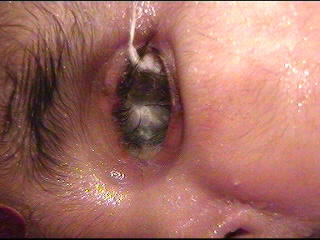
Parents removed two balls of cotton wool from eye sockets
|
|
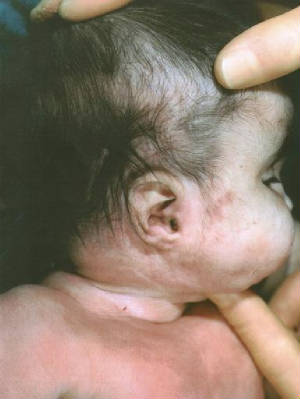
Both pathologists omitted the needle puncture in the neck from post-mortem reports. They also failed
to account for six needle punctures on her hands. They falsely described Sunaina's ears as pointed, "pixie -like" to
mask the drug overdoses as a cause of death
|
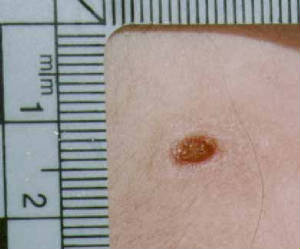
The Police photographs show a fresh wound on the arm on the day of death, 26/10/2000, prior to organ removal,
with the body intact, yet the pathologist describes it as a "scab" at the post-mortem on 30/10/00, when he describes the eyes
as "depressed". It follows that the Police photographs were taken on the day of death, prior to organ removal and that
the body had been tampered with prior to the first post-mortem.
|
|
